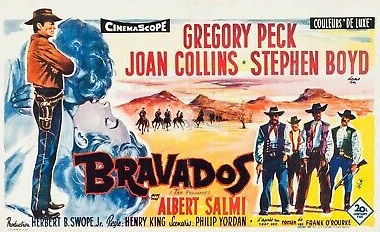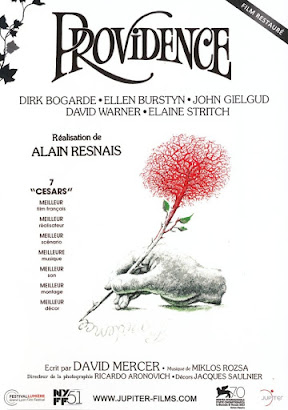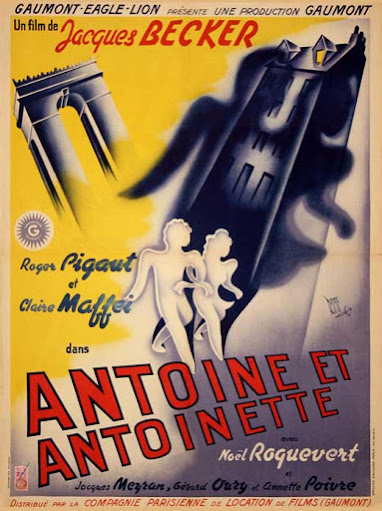Largely ignored on release, this miscarriage-of-justice story was popular novelist James Hilton’s ‘other’ 1939 film, lost beneath the success of his much-loved GOODBYE, MR. CHIPS. Also lost, the film career of Paul Muni when a decade’s run of prestige items at Warners came up short after the last of his Great Man Bio-pics, the over-produced JUAREZ/’39 under-performed, followed by this. Muni's film work turned sporadic; only six films over the next two decades. A pity as this is effective and affecting, with unusually withdrawn, naturalistic work from Muni playing an absentminded, unassuming English doctor, resigned in his miserable marriage to Flora Robson’s depressive. Befriending troubled emergency patient Jane Bryan, a Austrian chorus girl needing a job just as WWI casts her as an enemy alien, it’s Robson who suggests Muni hire the girl as nanny for their fragile young son. You can guess the rest . . . but not quite, as Flora Robson’s mean-spirited wife doesn’t turn jealous, there’s nothing physical going on, but, shamed by town gossip & class snobbery, sends Bryan away. And when Robson dies from poison just as Muni is helping Bryan get to her new job out of town, circumstantial evidence tosses these assumed lovers into court on a murder charge. And this is where the film comes up short, with Muni’s passivity hard to swallow on his own charge, impossible when you consider its affect on the innocent young woman sharing the docket. Some tricky philosophic double-talk at the end, as unconvincing as Theodore Dreiser in AN AMERICAN TRAGEDY/A PLACE IN THE SUN, tries to make sense of it all . . . and fails. Even so, for at least the first two acts, Muni, with a spot-on accent (there’s a Rex Harrison cadence to it) and Robson’s severity & bitterness are very compelling. Director Edmund Goulding & cinematographer Tony Gaudio also on good form. Only composer Max Steiner works too hard, trying to inflate a quiet drama and making an odd choice with Haydn’s Symphony 94 ‘Surprise’ as a source for his main theme.
DOUBLE-BILL: Undaunted, Warners got a big hit out of a similar situation with Charles Boyer, Bette Davis & Barbara O’Neil in similar roles in next year’s ALL THIS, AND HEAVEN TOO/’40.
ATTENTION MUST BE PAID: According to IMDb, Bryan replaced German actress Dolly Haas, who broke down after a week’s shooting. You can get some idea of the what went missing watching Haas play a murderer’s guilt-ridden wife in Alfred Hitchcock’s underrated I CONFESS/’53.






























